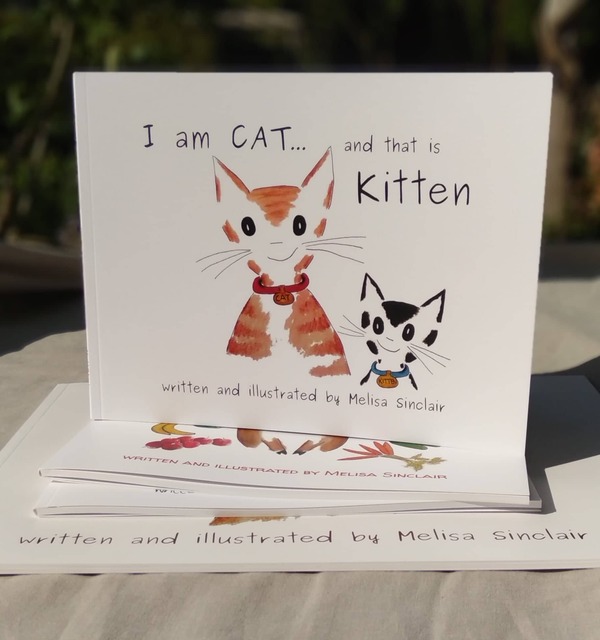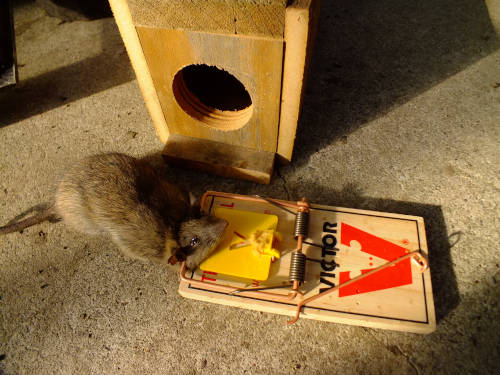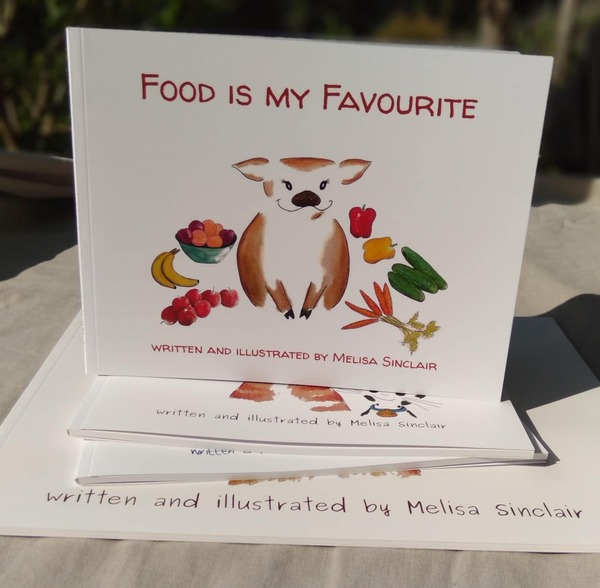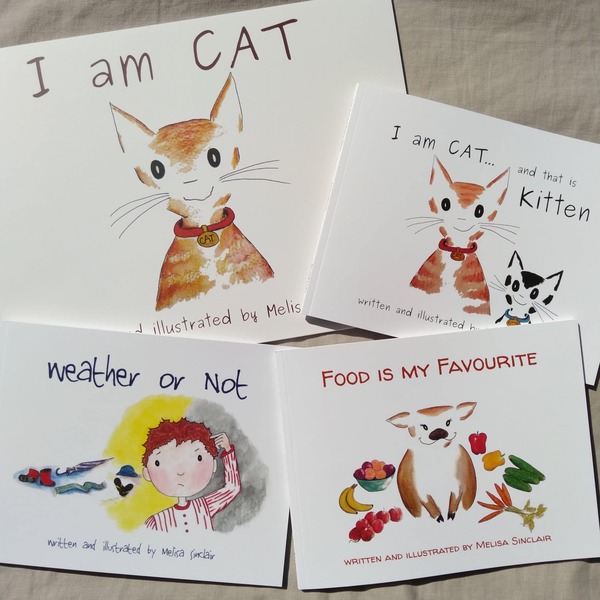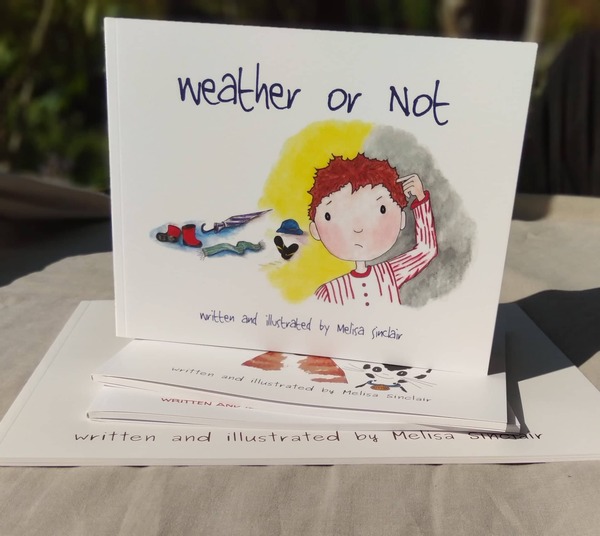Preserving figs by flattening and sun-drying is an excellent way to retain their sweetness and extend their shelf life. Here's a step-by-step guide:
-
Harvest Ripe Figs: Select fully ripe figs that are plump and sweet. Avoid overly soft or bruised ones, as they may not dry well.
-
Wash and Dry: Gently rinse the figs in cold water to remove dirt or debris. Pat them dry with a clean towel to remove excess moisture.
-
Prepare for Flattening: Cut off the fig stems and, if desired, slice the figs in half lengthwise. If you prefer, you can leave them whole for a more rustic appearance.
-
Flatten the Figs: Place a fig (or fig halves) between two clean plates. Gently press the top plate to flatten the fig slightly. Be careful not to squish it too much, as you want to retain the fruit’s structure.
-
Arrange on Mesh Racks: Transfer the flattened figs onto mesh drying racks. Ensure the figs are spaced apart, allowing air to circulate freely.
-
Drying Location: Place the racks in a sunny, well-ventilated location, such as a sheltered patio, balcony, or even a dedicated drying area. The sun will help dry the figs while the ventilation prevents mould from forming. If insects are a concern, cover the racks with fine mesh or netting.
-
Turn Occasionally: Check the figs daily and turn them over occasionally to ensure even drying. Depending on the weather, it may take 3–7 days for the figs to dry completely.
-
Check for Doneness: The figs are ready when they feel leathery but still pliable and slightly sticky to the touch, with no visible moisture.
-
Store Properly: Once dried, store the figs in airtight containers or glass jars. For longer storage, keep them in the fridge or freezer.
This traditional preservation method captures the intense sweetness of the figs and is perfect for enjoying them in winter or as an ingredient in baked goods.
